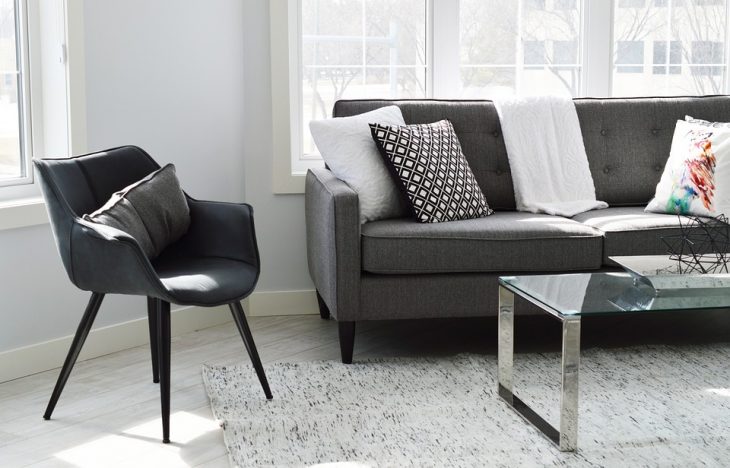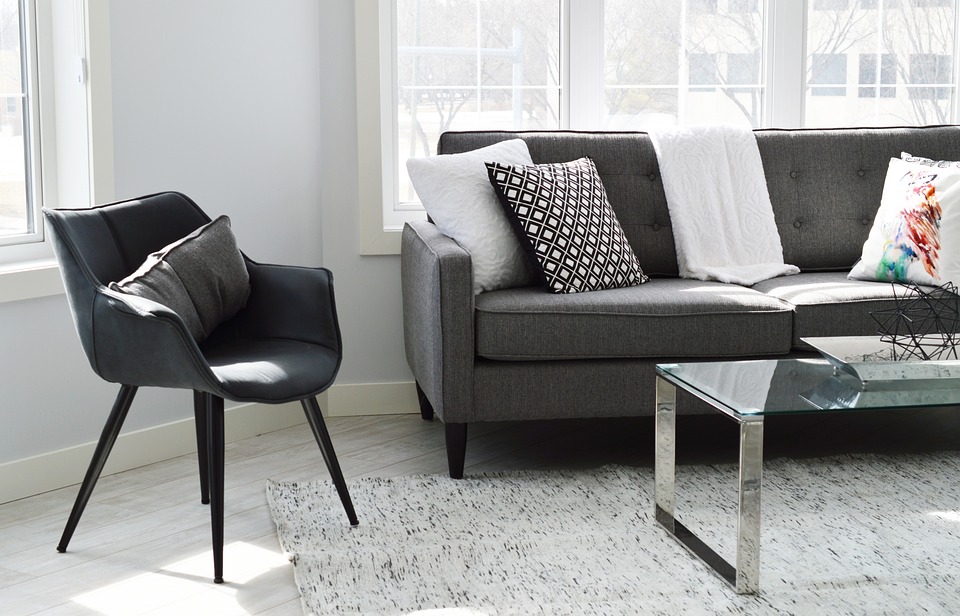
For many people, making the decision to repaint the living room means bringing in a painter and decorator. Following methodical steps, painting a room yourself is simple, if you pay attention to detail.
Materials and Equipment
Once you decide on the emulsion colour(s), you’ll need to calculate your room size to determine what quantities you’ll need. You’ll need to do this for any wood paint as well, including undercoat, if using. Choose the best quality paint you can afford, particularly for a feature room. Many brands are producing low VOC (volatile organic compounds) varieties, which are better forthe environment. Water-based paints make life easier when cleaning up and the odour is less offensive. Apart from paint, you will need good quality brushes of varying widths, plus roller (including an extension handle) and tray, if using. It’s useful to pour your emulsion into smaller paint kettles, so you won’t contaminate your main tin with dirt. You can find a comprehensive selection of decorating tools at Anglia Tool Centre.
Planning
If possible, move all furniture and carpets out, or group items in the centre, pull up the carpet away from skirting boards and cover everywhere with dust sheets. Painting around items is fiddly, so unscrew light switches, sockets, wall lights and ceiling pendants, so you can paint underneath. Use some low-tack masking tape for around windows and woodwork.
Prepping
The more time spent on prepping, the better the end result. Repair any holes and cracks with a filler compound, leaving it slightly proud, allow to dry and sand level. If it doesn’t feel entirely smooth and level, you will see it under the paint. Any flaking paint should be removed and painted wood surfaces should be lightly sanded.
Painting
Starting with the ceiling, cut in around the edges with a brush, then roller the rest. It’s best if the cut-in sections are still wet when you roller, so you don’t get a framed effect.Don’t overload the roller with paint and remember to go in different directions, so lines don’t form. Rollers cause more splatters than brushes, so make sure your head is covered.The woodwork should be completed next, taking care to secure the tape along all borders with a flexible putty knife. You will need to undercoat and then apply one or possibly two coats of paint. Finally apply two coats of emulsion to the walls, as per the ceiling. Once dry, remove the masking tape, and re-tighten the light switches, etc.
Now stand back and admire your work. Find more ideas in our design archive.



















